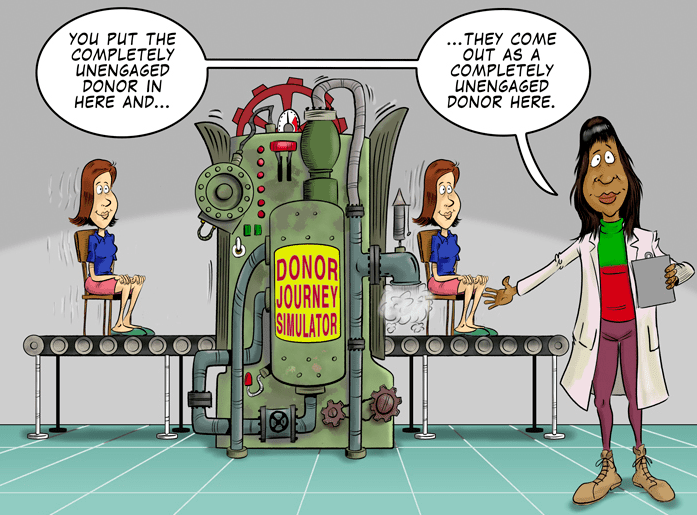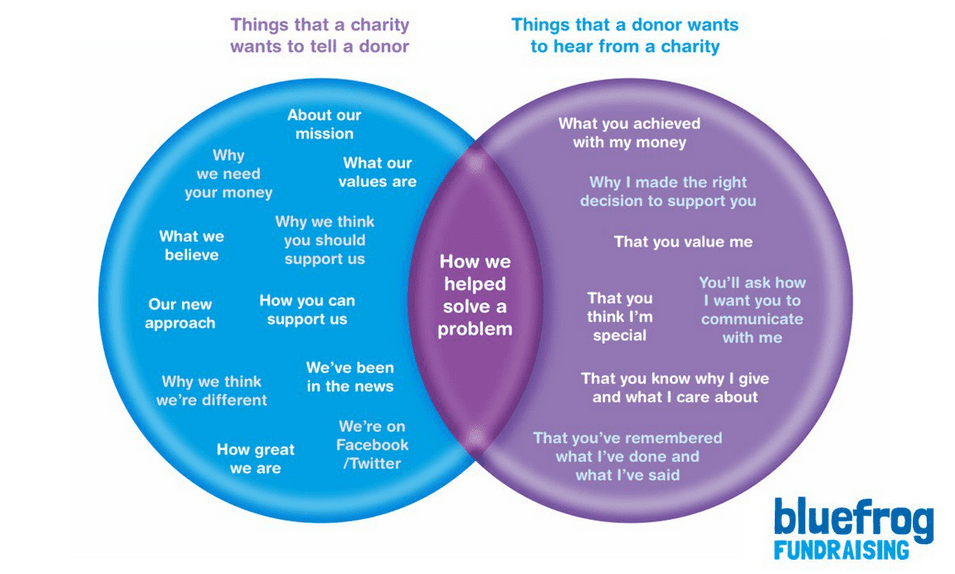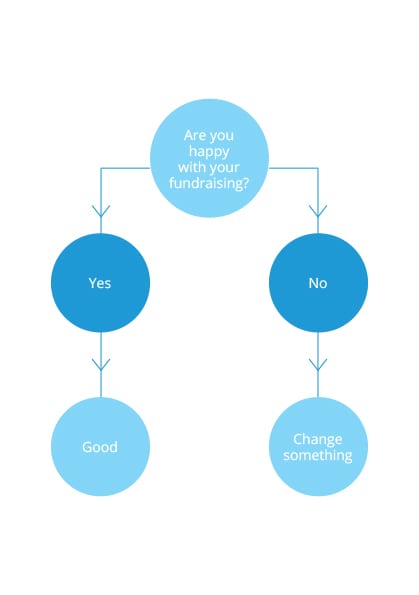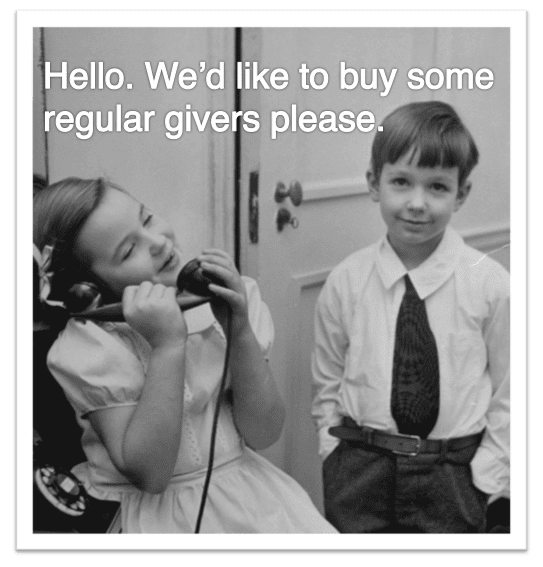How to avoid the misuse of emotion in fundraising

Earlier this year I wrote one of my longest ever opinion pieces on fundraising. It's on the use and misuse of emotion and was written for the Commission on the Donor Experience. You can find the full-length version on SOFII by clicking here. But be warned, it's more like a dissertation than a blog post, so get the kettle on and make a cup of tea before you sit down to read it.
As you might guess, it takes a historical perspective on how we lost touch with the needs of donors.
Take a look and you'll see that I explore the base emotions and point out that many fundraisers have overused fear and anger without counterbalancing the emotional impact they can have with psychological relief. Few of us like negative emotions. We instinctively tend to avoid places or situations that drive them. A fundraising environment that induces these feelings is never going to be one that donors will actively want to inhabit.
I also offer advice on how we can effectively use emotion in fundraising. In case you are in hurry, here are my ten top tips.
- Communications that create fear and anger will drive action, but long-term commitment is generated by organisations that offer the most potent means to tackle these negative emotions.
- Donors want to feel good about giving. They want to know they have made the right choice, that they are recognised and that they are connected to a like-minded group of people.
- We are more likely to be persuaded to act by those who make us feel good about giving. Endorsements from people we trust, value, or recognise can be very powerful.
- Generating feelings of guilt is a short-term strategy that loses power over time. Guilt initially makes us feel sad which we resolve by giving but this will turn into anger if used too often.
- People often give to prove they are ‘good’. Do not confuse this desire to look and feel good with connection to a cause. These donors are rarely loyal to specific organisations and will learn to avoid the charities that don’t take no for an answer.
- The thank you is the key part of any fundraising programme. If the recruitment device is the ‘box’, the thank-you piece is what’s inside. The more personal and thoughtful the thank you, the better.
- Poor treatment such as getting a name wrong, delayed thanking (or receiving none at all) impacts on a donor’s self-worth. The thought that they don’t matter creates negative thoughts.
- Avoid donor regret by addressing donor needs after a donation. If a donor doesn’t see how they have made a difference with their gift, it creates a feeling of loss, which they can explain away as inefficiency on the part of the charity or their own ‘stupidity’.
- Do not think that barriers to giving can be overcome through aggressive, rational arguments. When someone appears unsure about giving it is because they don’t feel emotionally close enough to give.
- When donors first give, make the charity accessible to them. Welcome and reward curiosity.
In the final analysis, emotional fundraising is about recognising the emotional needs of donors and answering them rather than exploiting them. The evolutionary process gave us feeling before thinking. That means in order to build long-term support, we must connect with donors emotionally first and then provide rational support. So why don't you get that kettle on and read the complete paper here. It contains some great studies. And afterwards fill your cup back up and then take a look at the rest of the commission's report. It's a fantastic resource.
Tags In
The Essentials

Crack the Code to Regular Giving: Insights, Strategies, and a Special Giveaway!

‘Tis Halloween. Keep to the light and beware the Four Fundraisers of the Apocalypse!

Why do people give? The Donor Participation Project with Louis Diez.

A guide to fundraising on the back of a postcard

What does the latest research tell us about the state of fundraising?








